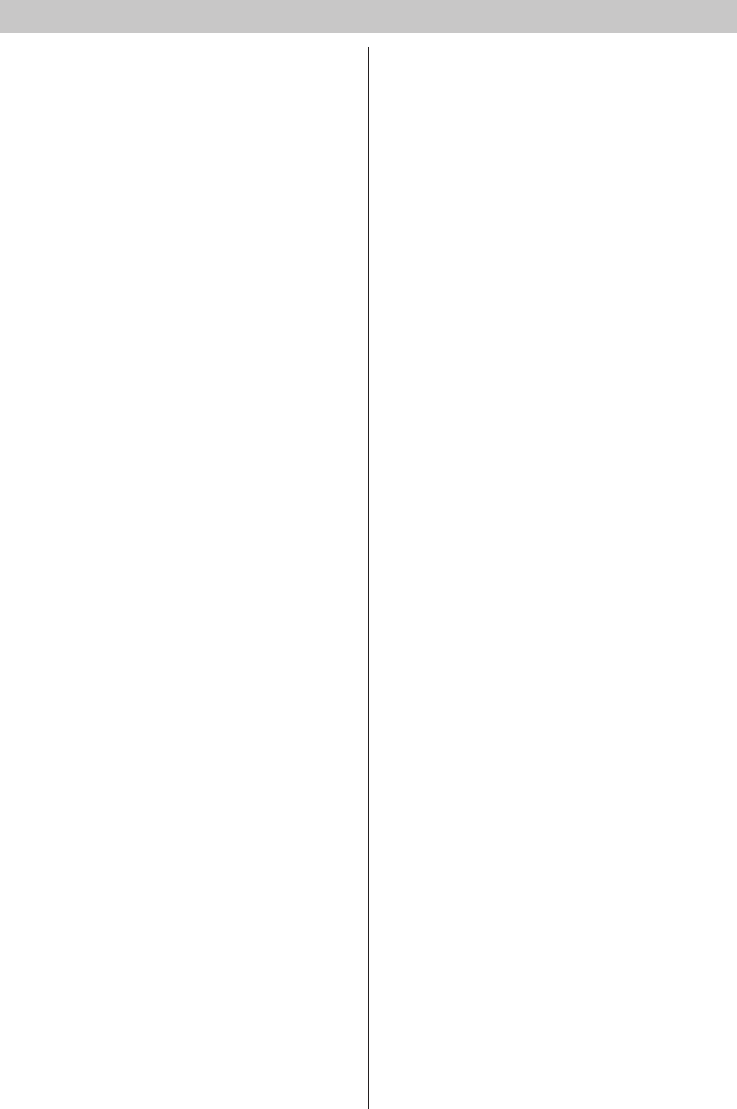
RC 3000 English – 3
the station and continues the cleaning.
Fields of Use
Use the RC 3000 exclusively
– for the cleaning of textile and hard floor co-
verings in the private household.
Do not use the RC 3000 for the cleaning
– of wet floor coverings
– of wash-rooms or
other wet rooms
– of stairs
– of tabletops and shelves
– of cellars or attics
– of warehouses, industrial buildings, etc.
– in the open air
– of burning or red hot objects (e.g. cigaret-
tes, hot ashes)
Do not use the RC 3000
– in potentially explosive locations
– in rooms where the air contains inflammable
gases of benzene, heating oil, paint thinner,
solvents, kerosene, or spirit.
– without supervision in rooms with a burning
or glowing fire in an open fireplace
– without supervision in rooms with burning
candles
– in rooms that are protected by means of an
alarm system or a motion sensor.
Function and Mode of Operation
Dear Customer,
thank you very much for purchasing the Kär-
cher cleaning robot RC 3000.
The RC 3000 is an automatic cleaning robot
for the indoor area of private households. It can
be used on all common floor coverings for the
autonomous, continuous routine cleaning. The
appliance consists of two components - a dok-
king station and a mobile robot.
The robot is operated with rechargeable bat-
teries. It moves according to the random me-
thod. If the robot bumps into an obstacle, it
changes its direction at a random angle. Then,
it goes straight ahead until it bumps into the
next obstacle. The flat design of the robot al-
lows it to also clean the floor underneath pie-
ces of furniture, such as beds, sofas, cup-
boards, and wardrobes. The robot is working
with optical sensors that detect stairs and steps
and prevent the robot from falling down.
The robot provides of four operating programs
that allow him to automatically adjust to the
various degrees of dirt accumulation on the
floor. The control of the operating programs is
performed by means of sensors located in the
dirt receptacle and depends on the detected
degree of dirt accumulation.
If the battery is charged completely, the robot
can clean up to 60 minutes. After 20 minutes
at the earliest, the robot (IR receiver) begins to
search its station (IR sender). If the robot has
not found its station after 60 minutes, it turns
off its cleaning aggregates and exclusively con-
centrates on the search for its station for
another 60 minutes.
The station serves to charge the batteries of
the robot and to suck off the dirt from the dirt
receptacle. In the station, the dirt is collected
in a filter bag (2 l). Once the charging process
is completed, the robot autonomously leaves


















